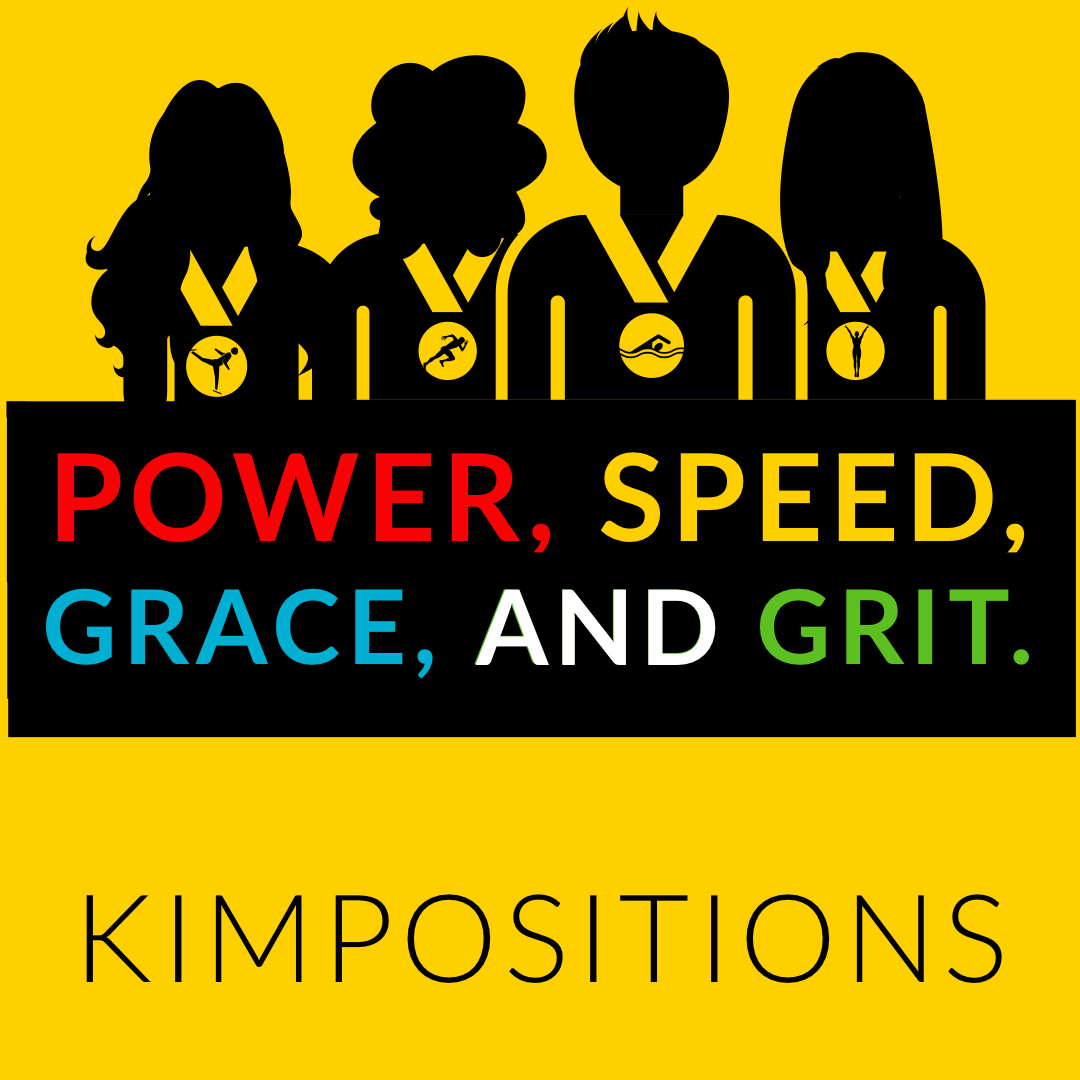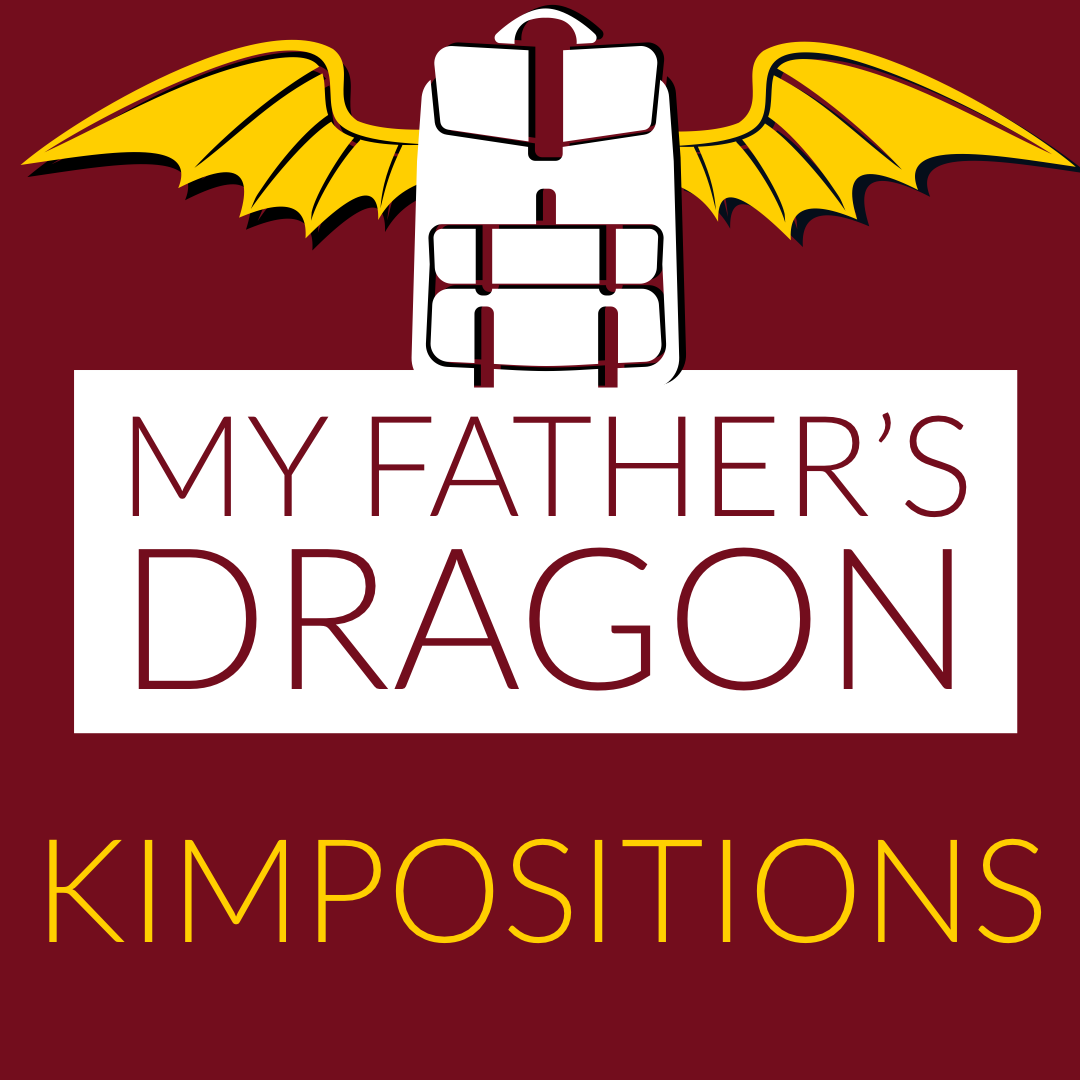Legendary Pieces
There’s always something beautiful to look at here in Portland!
Quick update: I’m currently running a special offer on commissions for Spring 2021 - check out the Spring Forward project page for more details!
With the last piece from Project 12 wrapped up, I’m so excited to share more about the other projects I’ve been working on the last few months! While my spring projects are just kicking off, I have several larger projects that I’ve been wrapping up over the last month with a wide array of artists!
Nearly There
In addition to the pieces I’m discussing in more detail today, I’m still working on a performance-art work from Project 12 (Little by Little, commissioned by Marco Schirripa). The project grew beyond the limits of a simple 5-minute work for theatrics and percussion, and this unique performance piece uses an original text with found objects to highlight the isolation of routine.
I have just one short movement left on a work for mixed percussion and a three-octave(!!) set of gongs (Go(i)ng Me(n)tal, commissioned by the Thought Form Collective). The completed movements include Irony, which focuses on using metric modulations to obscure tempo, and Lead Astray—a floaty, trance-like movement.
I’m also writing some string arrangements for another artist’s pop album, and can’t wait to share more about that project in the coming year! I just finished the demo for the first of five collaborative tracks, and it is already turning out to be such a fun divergence from my other work.
Half-way: Power, Speed, Grace, and Grit
Commissioned by oboist, Rebecca Keller, Power, Speed, Grace, and Grit is a multimovement commission for oboe with brass quintet accompaniment! Each movement is based on a different Olympic athlete (chosen in part for the popularity of the sports they compete in, and partly for their accomplishments both in and outside of the Olympics). For the sports, I decided early on to do gymnastics, swimming, ice-skating, and sprinting—not only are they some of the most highly-watched of the Olympic sports, but I felt like all four had really great programmatic potential. Picking the individual athletes was still quite challenging, but I eventually settled on Dominique Dawes (gymnast), Gertrude Ederle (swimming), Michelle Kwan (figure skating), and Wilma Rudolph (sprinting). All four of these incredible athletes set records, broke barriers for marginalized groups, and used their platforms as advocates and educators—and they all embody the words that make up the title of the piece.
Michelle Kwan
Every time I think I can get through watching one of her routines without crying, I’m wrong!
The first movement I wrote was about Michelle Kwan, who I grew up watching. The commissioner, Rebecca, wanted at least one movement to use English horn, and I felt this was the perfect movement for which to use it. Every morning I started my composing session by watching compilations of her routines (thus, also starting each day in tears). Her absolute consistency, precise lands, all-body choreography, expressive face, her rare ability to spin in both directions, and her artistic use of speed are truly unique to her style. In a majority of her routines, after executing her signature change of edge spiral, the energy increases exponentially to an explosive and emotional finish. Her sense of pacing can only be described as symphonic—placing lutzes in the pauses or sustains of her accompanimental track so that she lands exactly as the next note sounds, allowing her hands and arms to mimic the phrasing of musical lines as she maintains a position mid-glide, her explosive and punchy footwork, and her genuine, relieved smile when landing a particularly difficult leap or spiral. All this combines to create a skate routine that is not only precisely executed, but beautifully conceived—making her not only an amazing athlete, but a true artist as well (I HAVE A LOT OF FEELINGS ABOUT HER SKATING, OKAY?). In addition to her skating, she also served on the board for the Special Olympics and was even appointed as an American public diplomacy ambassador in 2006, making frequent trips to China, and various tours of Russia, Ukraine, South Korea, and Singapore.
Opening English horn solo from movement 3 - using turning figurations and small lilts, long phrases, and carefully-placed leaps.
While Kwan’s programming tends to use music that emphasizes strings and piano, I strived to truly capture features of her skating with this more unusual instrumentation—even sometimes playing the MIDI back while watching muted videos of her routines. Starting with a slow, emotional solo, the English horn swells gracefully through lyrical lines. Rapid-but-gentle figurations extend the energy of the melody forward, ultimately landing in a warm, lush brass texture. The figurations return in the brass, both building the energy and helping it to ease off. The return of the English horn kicks off a new section, now much quicker and more playful. While the English horn remains at the forefront of the texture throughout the rest of the movement, the brass shift from acting as single accompanimental unit to individual players hocketing with the English horn—and a few rare tutti moments. These sections are all about perpetual motion, each instrument taking on the role of the motor at different points. By letting the brass play all these different roles at any given time, each section is able to flow smoothly from one to another without becoming too tiring for the brass. It also frees up the English horn to continue highlighting turning figurations throughout this section, similar to the lutz-like turns of the opening sections.
Gertrude Ederle
Gertrude Ederle (1905-2003) was a legendary swimmer. At age 12 she set a world record in the 880-yard freestyle swim—the first of eight world records she would set during her career. At one point—between 1921and 1925—she simultaneously held TWENTY-NINE US National and world records for various swim events. While her Olympic career was a bit of a disappointment to her (winning gold as part of a women’s relay team, and bronze in her individual events), she earned her nickname, “Queen of the Waves,” after becoming the first woman to successfully swim across the English Channel. Before her successful crossing, she and several other female swimmers had attempted the feat—causing many men to remark that it simply wasn’t possible for women to swim the Channel. However, when she successfully completed the swim in 1926 her time was TWO HOURS FASTER than the previous record set by male swimmers. Her time, 14 hours and 34 minutes, was the fastest on record until 1950, when another woman, Florence Chadwick, swam the Channel about an hour faster. Around 1933, she suffered an incredible injury when she fell down a flight of stairs—twisting her spine—leaving her bedridden for several years. She had always suffered from hearing problems since childhood (measles), but had gone nearly deaf towards the end of her life. After she finally recovered, she continued to make public appearances and teach swimming to deaf children.
The ‘x’ noteheads indicate audible exhales from the brass players, fading out as the 3-note motives begin to dominate the texture.
One of the other things I learned about Ederle was that she was part of the first wave (!!) of swimmers to use the modern-day front crawl stroke. Before, the Australian standard was to take three strokes while flutter-kicking, then during the breath stroke, a scissor kick was used. Louis Handley developed the American style, in which flutter kicking was used throughout. Wanting to mimic the physical stroke musically, perpetual motion maintained throughout the faster sections—generated by gestures that use three notes in succession followed by a pause, literal breath, or sustain.
I also wanted to explore some of the more meditative mindset I imagined Ederle entered during her 14-hour swim across the English Channel. The brass works to create an almost hypnotic sustain that plods up and down as both the tuba and French horn are given opportunity to double the oboe melody. Both the oboe and brass sneak in short-lived glisses between pitches, helping to subvert strong harmonic arrivals—creating a sense of endlessness and wandering meditation. Eventually the trumpets reintroduce the faster tempo, now mixing sixteenths and sixteenth-triplet figures—giving the final section some added energy and momentum. The last minute or so of the piece highlights the brass alone in a heroic and powerful reiteration of the opening melody, giving Rebecca time to switch to the English horn for the solo at the top of the Michelle Kwan movement.
First Steps: My Father’s Dragon
I’m ecstatic to be working with flutist, Emlyn Johnson and cellist Dan Ketter (who also run amazing programs like Music in the American Wild and host a new music podcast) on a new work based on the whimsical children’s book, My Father’s Dragon. Emlyn introduced me to the book and explained that both she and Dan have a lot of different types of concerts, recitals, performances, and presentations they offer each year—they hoped to have something that would be flexible enough to work for their various offerings, including children’s programming with narration.
All told, the work needed to be able to function for the following situations:
A children’s concert in which Dan and Emlyn had to read the narration during the performance
A recital or outdoor performance that did not have any narration (projected or spoken)
A concert in which the text could be projected or read by a third party
A performance in which only a segment or a few segments would be performed
Excerpt from a draft of My Father’s Dragon - Chapter One
Another challenge with this work is that it is quite lengthy—the original children’s book was about 75 illustrated-pages long, and included a few sections of rather dense expositional dialogue; while there may be some contexts where the narration could be performed unedited, a more condensed version of the book would be ideal for family or school concerts. Lastly, for situations in which they needed to read the narration themselves, Emlyn and Dan expressed a desire for both of them to have chances to read. We spent quite a bit of time deciding the best way we could put together a work that could do it all, and after a lot of thought and tinkering, I finally came up with a format that works!
We decided early on to do a series of miniatures based on each chapter. Between each movement, I would compose optional vamps that Dan or Emlyn could play while the other reads the narration to introduce the next movement. In this way, both had a chance to read but the music could continue. The vamps being optional also meant that, for situations where there is either no text or the story was being read/projected during the miniatures, the music could flow continuously. This also opened up the possibility for individual movements to be performed in isolation for other programs.
In additional to vamps at the bookends of each movement, I embedded optional vamps/repeats throughout the score for situations where the text is being read/projected DURING the piece. While the piece flows organically without the optional repeats, the narration is broken up enough that the vamps don’t need to last very long—helping to avoid repetition fatigue for the players, and boredom for the listener.
In order to pace out the vamps, I practiced reading aloud at various speeds while the playback looped—that way, I could tell how awkward pauses in narration might be if they finish a sentence towards the beginning of a repeated section, or how noticeable it would be if narration overlapped with new sections. For example, while you see in the excerpt here at measure 80 that there is no repeat, even if those lines continue into measure 83, the vamp there will help the ensemble get back on track.
While right now I’m working on a version with the text embedded into the score, I will also be putting together a version that has just the music. The latter version can be used for “music-only” performances, and for performances where the text is being read between movements rather than during the piece—this way Emlyn and Dan have a “clean” version that can fit more music-per-page to cut down on page turns and such. The current version of the score is helpful also, so that when they perform with projected text, they have an easy guide for their projectionist to advance the text.
The first four chapters deal with the protagonist getting to the island and starting his journey to find a dragon. The following five chapters (dubbed “creature features” by Emlyn) follow various interactions with animals on the island, and the final chapter is when the protagonist—Elmer Elevator—finally meets the dragon. I’ve almost completed the first four chapters (to be delivered on February 1st!), and will spend next month working on the creature features. It’s such a silly and fun work, and I’ve really enjoyed working on the piece so far!
Check This Out!
I’ve also been spending a lot more time listening to works and performances by my colleagues, and trying to check out more of their writing and events! Here are a few that I’ve really enjoyed in the last week:
Vocalist, composer, and educator Lisa Neher ALWAYS has something cool going on! She has a Virtual Concert and EP release party on January 31st, and has plenty to check out on her YouTube channel in the meantime!
Composer Andrew M. Rodriguez released a new album a little while ago called “Night Window” and it’s simply fantastic! You can listen to/buy the album here.
Flutist and composer Alice Jones has a great series of short works available for free called “Tiny Efforts,” and has a ton of incredible performances on her YouTube channel as well!
Saxophonist, composer, and new music extraordinaire Alan Theisen has a great weekly series called The Theisen Journal filled with great insights, reviews, and advice!
Musicologist and pianist Samantha Ege has a stunning catalogue of performances on her YouTube channel that are definitely worth checking out!
I also was just recently revisiting some great works from my former colleague and extraordinary composer, Texu Kim. Check out his YouTube channel!
Composer George N. Gianopoulos has an incredible library of scrolling score videos spanning a wide variety of concert music! You can find the score videos here.
Also, if you haven’t heard of composer and author Dale Trumbore’s amazing book, “Staying Composed,” definitely check it out! It is full of straight-forward advice for creators at any stage of their career!
In Conclusion…
It finally snowed in Portland! I couldn’t be happier.
I love being busy, so you can imagine my joy at having so many wonderful projects going on with such creative and talented collaborators! As these projects wrap-up, I’m excited to write more about the finished results, as well as the new projects I’m working on for Spring Forward! I’ve already gotten some really fun and unique proposals for the next few months, and I can hardly wait to see what I get to write for next!
I am consistently in awe at how my life has unfolded over the past year—and I continue to be grateful to everyone who has helped me get here! It has been a wild past year, and I feel truly, truly blessed to be able to make a living doing what I love. Everything from this past year has only reiterated how fortunate I am to be doing this, and I plan to pay it forward as much as I can.
Happy Music-Making, everyone!









